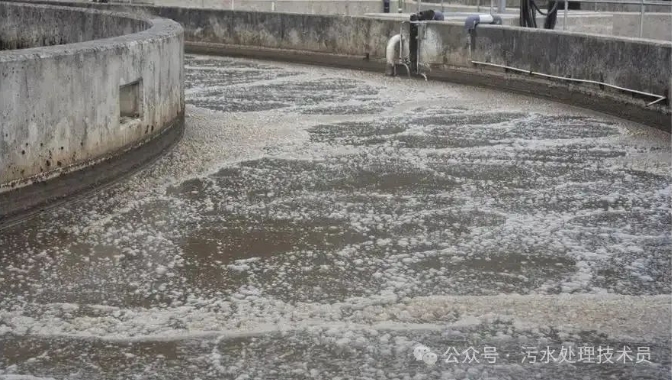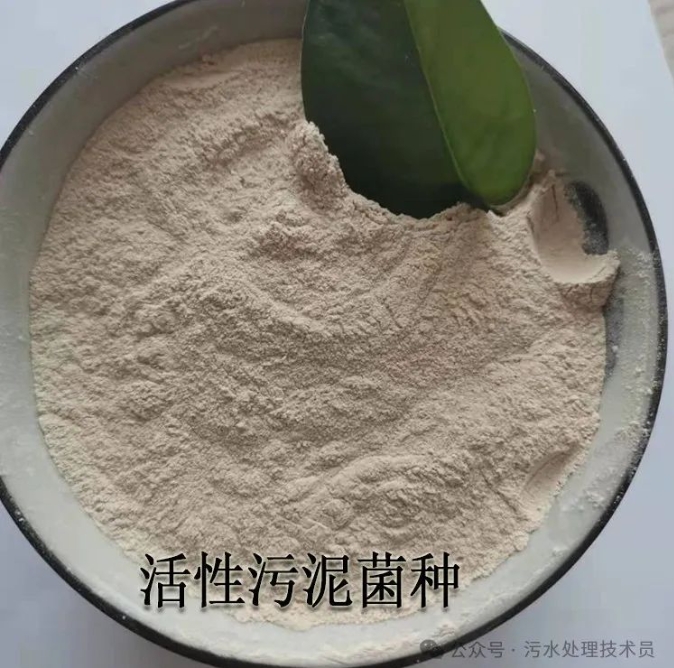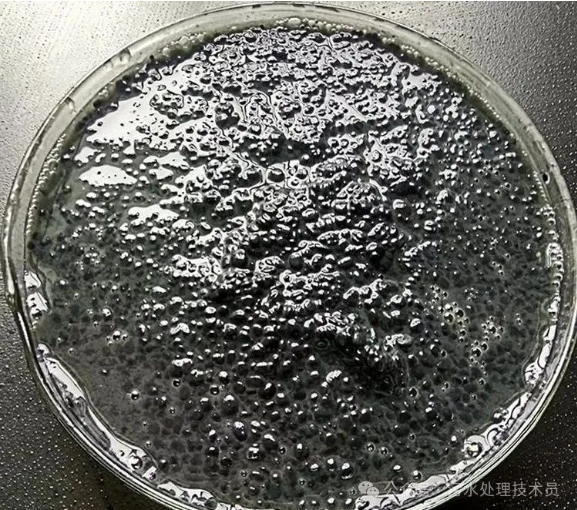How to cultivate activated sludge strains in sewage treatment
In sewage treatment, cultivating activated sludge bacterial strains is a key task. The following are common methods, operating steps, and precautions for cultivating activated sludge bacterial strains:

Preparation work before cultivation: Water quality analysis: Conduct comprehensive testing of sewage quality, including pH, COD, BOD, ammonia nitrogen, total phosphorus and other indicators, to understand the biodegradability and compositional characteristics of sewage, and provide basic data for subsequent cultivation work. Determine the inoculation of sludge: Selecting the appropriate inoculation sludge is the key to the successful cultivation of activated sludge. Inoculating sludge can be obtained from the residual sludge of sewage treatment plants that treat similar wastewater, requiring good sludge performance, high activity, and no toxic or harmful substances. Aeration equipment debugging: Check the operation status of the aeration equipment to ensure that it can work normally and provide sufficient dissolved oxygen. Meanwhile, according to the size and shape of the cultivation tank, adjust the aeration intensity and time reasonably to meet the needs of microbial growth. Other equipment inspection: Check the mixing equipment to ensure that it can fully mix sewage and sludge, avoiding sludge sedimentation and local hypoxia. It is also necessary to ensure that the drainage system is unobstructed and able to discharge the treated sewage in a timely manner. The cultivation method of activated sludge strains: Inoculation cultivation method: Excess sludge (inoculated sludge) taken from other sewage treatment plants is added to the sewage to be treated in a certain proportion, and the inoculation amount is generally 5% -10% of the aeration tank volume. Then continuous aeration is carried out to fully mix and contact the sludge with the sewage, while controlling the environmental conditions such as water temperature and pH value, allowing the inoculated microorganisms to adapt and grow and reproduce in the new environment.

Natural cultivation method: In the absence of suitable inoculation sludge, natural cultivation method can be used. Inject the sewage to be treated directly into the aeration tank, and then perform continuous aeration. Utilize the naturally existing microorganisms in the sewage to gradually reproduce and grow under suitable environmental conditions, forming activated sludge. This method requires a relatively long cultivation time, usually 2-3 weeks or even longer. The control parameter dissolved oxygen (DO) during the cultivation process: It is crucial to maintain sufficient dissolved oxygen in the water, generally controlled at 2-4mg/L. In the initial stage of cultivation, the number of microorganisms is relatively small, and their demand for dissolved oxygen is relatively low; As microorganisms grow and reproduce, the oxygen demand gradually increases, and the aeration intensity should be appropriately increased. Water temperature: The optimal growth temperature for activated sludge microorganisms is generally between 15-35 ℃.

During the cultivation process, try to maintain stable water temperature and avoid significant fluctuations in water temperature that may have adverse effects on microbial growth. PH: Activated sludge microorganisms are suitable for growth in neutral to slightly alkaline environments, with a general pH value controlled between 6.5-8.5. If the pH value of the sewage exceeds this range, it needs to be adjusted. Nutrients: Microbial growth requires nutrients such as carbon, nitrogen, and phosphorus sources. For urban sewage, carbon sources are generally sufficient, but nitrogen and phosphorus sources may be lacking. During the cultivation process, it is necessary to add nitrogen sources (such as urea) and phosphorus sources (such as potassium dihydrogen phosphate) appropriately according to the water quality of the wastewater to meet the needs of microbial growth. The proportion of nutrients is generally controlled at BOD ₅: N:P = 100: 5: 1. Start the aeration system during the cultivation process: Add a certain amount of sewage to the cultivation tank, and then start the aeration system for continuous aeration to gradually increase the dissolved oxygen content in the sewage to the set value. Add inoculated sludge: Slowly add the inoculated sludge to the aeration tank according to the predetermined inoculation amount, while turning on the mixing equipment to fully mix the inoculated sludge with the sewage. Monitoring and adjustment: Regularly monitor the water quality indicators, dissolved oxygen, water temperature, pH value and other parameters of sewage, and adjust the operating conditions such as aeration intensity and nutrient dosage in a timely manner based on the monitoring results. Sludge domestication: After the initial formation of activated sludge, gradually increase the inflow and concentration of sewage, so that activated sludge microorganisms can gradually adapt to the actual sewage quality and treatment load. This process needs to be carried out gradually to avoid the impact of drastic changes in water quality and load on microorganisms. Mature cultivation: After a period of cultivation and domestication, the performance of activated sludge gradually stabilizes, and the expected treatment effect on sewage is also achieved. At this point, the cultivation of activated sludge strains is successful and can enter the normal sewage treatment operation stage. Precautions to avoid toxic substances: During the cultivation process, it is necessary to strictly control the entry of toxic and harmful substances in the sewage, such as heavy metals, pesticides, phenols, etc. These substances can inhibit the growth and reproduction of microorganisms, and even lead to their death. Preventing sludge expansion: Sludge expansion is one of the common problems in the cultivation process of activated sludge, mainly manifested as sludge volume expansion and difficulty in settling. In order to prevent sludge expansion, it is necessary to control parameters such as water quality, dissolved oxygen, and nutrients to avoid situations such as water quality shock and low dissolved oxygen. Regular sludge discharge: With the growth and reproduction of activated sludge microorganisms, the amount of sludge will gradually increase. In order to maintain the good performance of activated sludge, it is necessary to regularly discharge a portion of the remaining sludge and control the concentration and age of the sludge.
Information source: Lao Ni Comprehensive Collection


